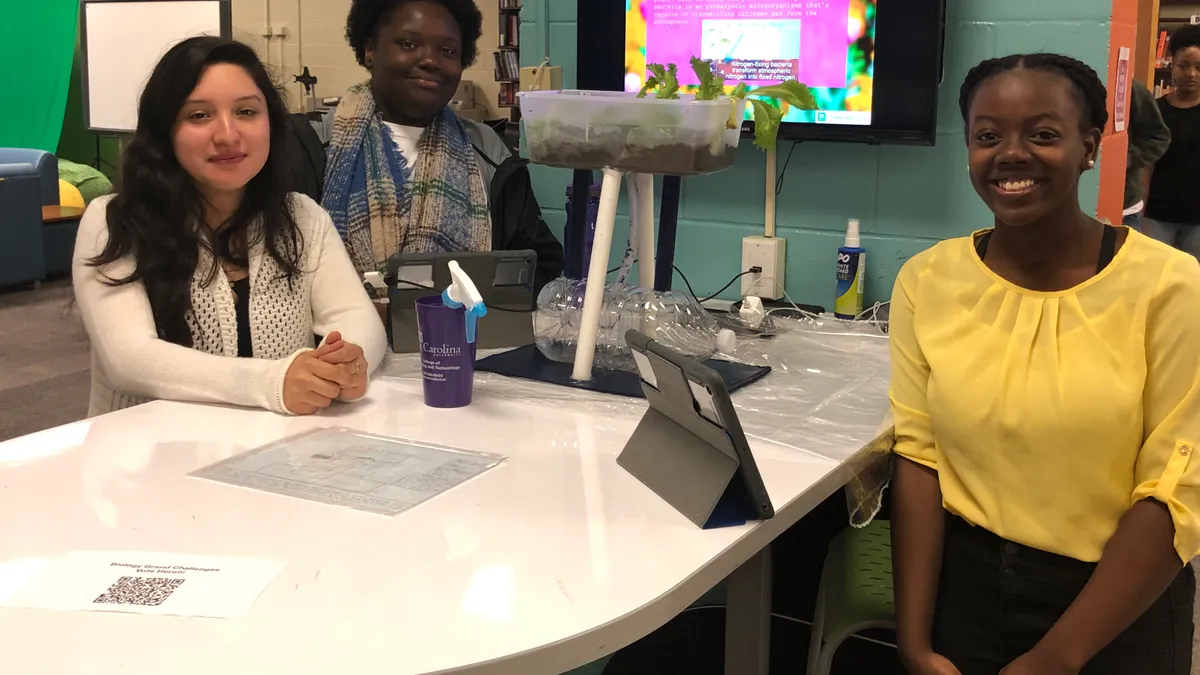Dive Brief:
- A new classroom toolkit for junior high school and high school students includes the stories of real scientists, including women and people of color, to give more students the opportunity to see themselves represented in science, technology, engineering and mathematics fields.
- The kit is part of an initiative from educational nonprofit The Plenary, Co. to increase the diversity of those pursuing STEM fields. The co-creators, art and science curator Stephanie Fine Sasse and physicist Nabiha Saklayen, had experiences in school where they had felt “out-of-place,” said Sasse in a statement, and they wanted to help make STEM careers accessible for students.
- The toolkits will include posters, career resources and other classroom materials, and the scientists represented in the toolkits will vary from graduate students to those more established in their fields.
Dive Insight:
When it comes to pursuing STEM careers, many students have a hard time finding role models and mentors who reflect their backgrounds and lives. This is especially true for young women and students of color who are often underrepresented in STEM fields.
Hispanic high school students, for example, take fewer STEM courses than their white and Asian peers, according to a recent report from the Student Research Foundation. And while Hispanic female students were found to have higher grades than their male peers, just 28% had plans to go into a STEM career — a stark difference from the 64% of male students with the same goals.
Educators who weave STEM resources into their curriculum, whether that be digital materials, physical books, virtual speakers or internship opportunities, should ensure female students and students of color have STEM professionals available who reflect their backgrounds.
Female students, in particular, continue to trail their male peers when it comes to STEM goals, from showing an interest in a future STEM career or just their overall confidence in a STEM class. A survey from the Society for Industrial Applied Mathematics reported 76% of male students described their engagement in math and science classes as “frequent and confident,” as compared to just 58% of the female students.
Still, the number of girls who see science as a field for women has increased over the years. In a 2018 meta-analysis looking at the 50 years of Draw-A-Scientist tests, researchers found 70% of 6-year-old girls drew a woman when asked to draw a scientist, compared to the 1% between 1966 to 1977. But as girls get older, they're more likely to draw a male scientist, with just 16% of 16-year-old girls drawing a female scientist in the same test.
Support to increase female students and students of color in STEM can come from professionals who act as mentors, speakers who visit the classroom (even virtually) to talk about their experience and background, or the educators hired to teach these subjects in school.













